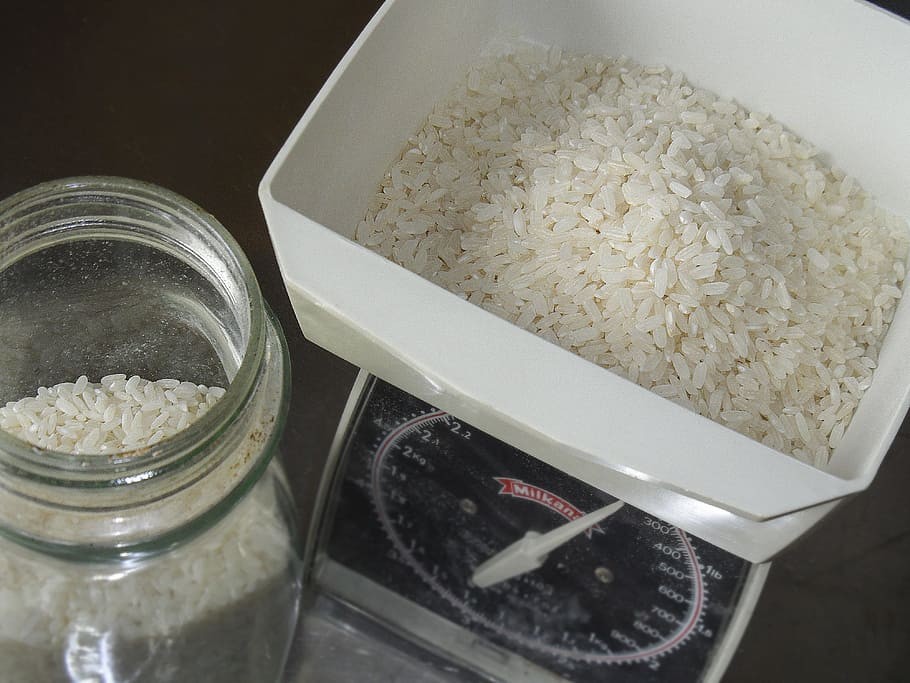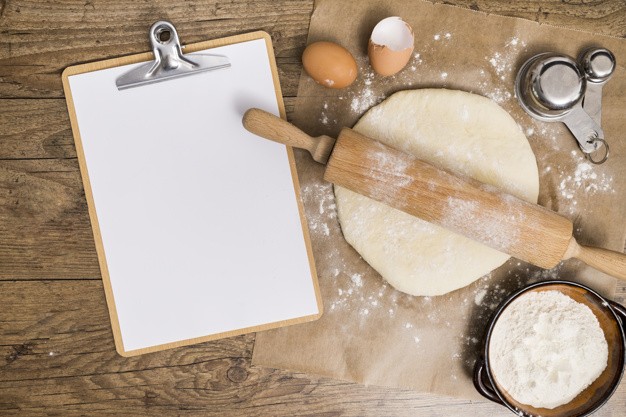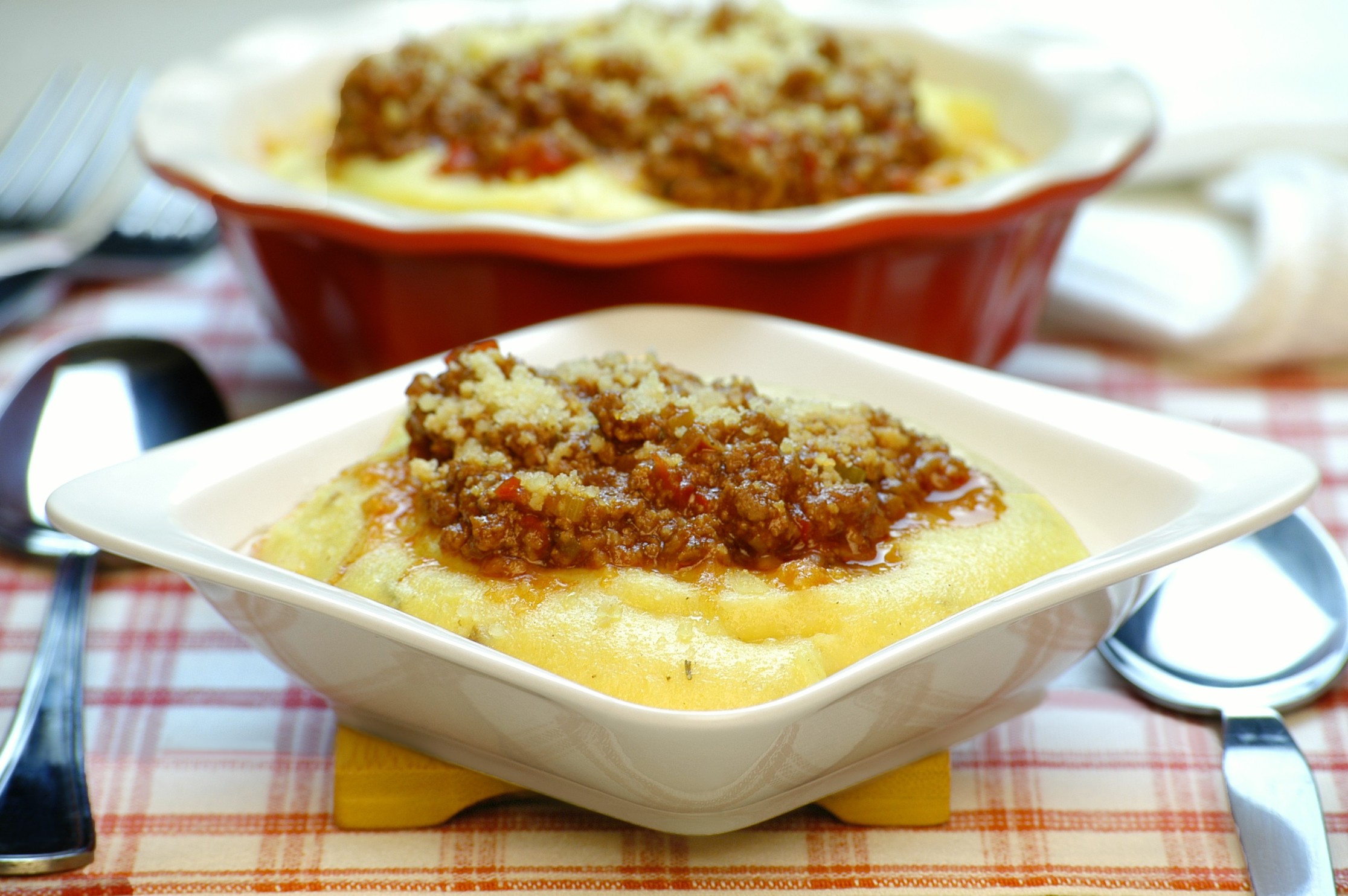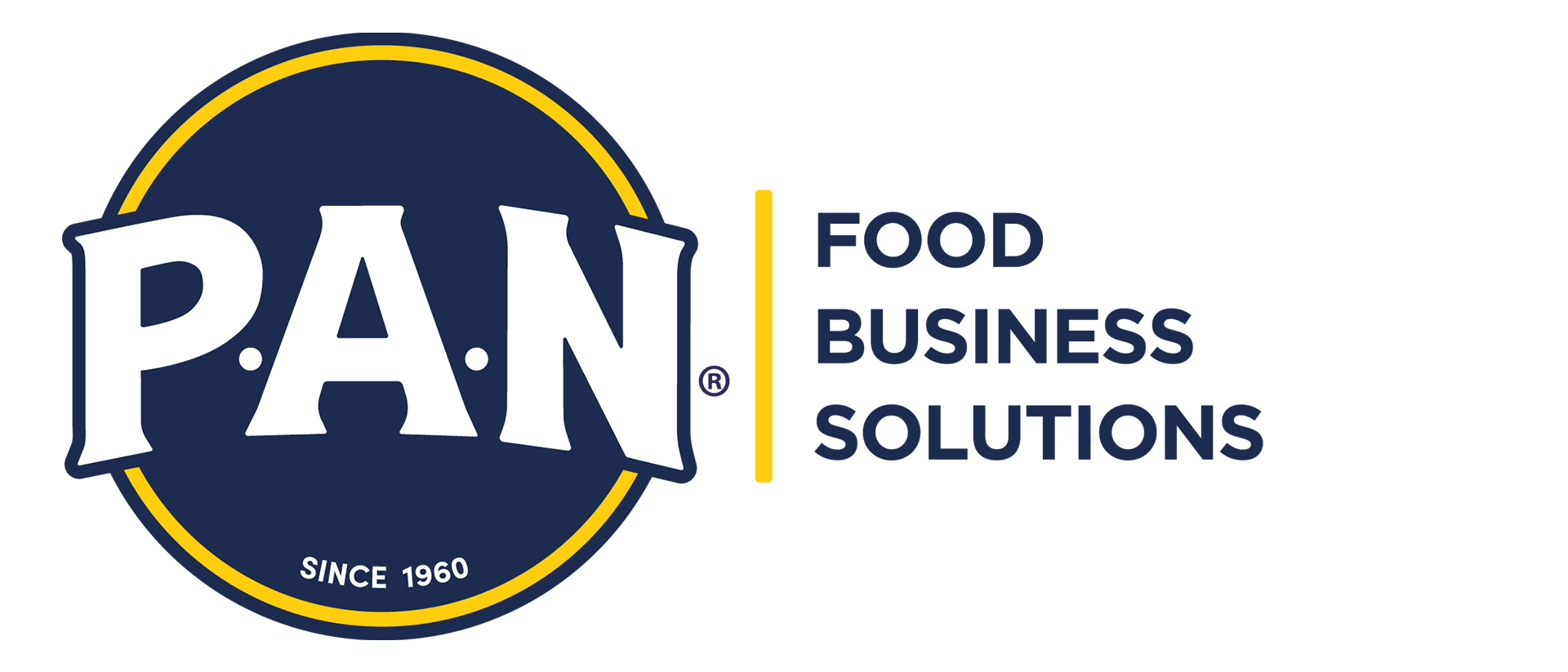By: Marcela Gil – Corporate Chef of P.A.N.
Sometimes, the decision to open a restaurant or a food business is determined by the existence of a recipe or group of recipes that we originally made at home and that were surely highly praised and flattered by the people who tried them. So, we dared to take one step further and became entrepreneur, but when we have to face the fact of making the same recipe over and over again and the challenge of always maintaining consistency, it is very likely that we will not be successful if we do not standardize the recipe. But what does that mean and why is it so important to our business?
Besides the experience that we can sell and provide when a customer visits our business, there are other factors that keep that diner coming. These factors are the consistency in our preparations, the uniformity in what we do it and the proper preparation of our dishes. This guarantees that our diner will feel safe and know in advance that their experience will be satisfactory. If our dishes vary, sometimes they are better than other times, sometimes they are not so tasty or have flaws, then the diner will begin to wonder if it will be worth it to return or if that risk will be able to have it in a new place or try a new kind of food.

Perhaps this is the most obvious reason why we should always look carefully at the importance of standardized recipes; however, this goes much further, it is about the core of our business. It is very likely that we succeed or find ourselves on the verge of failure if we fail to standardize, not only the preparations, but the procedures and processes that involve the operation of our business.
But what is hidden behind standardization implies obtaining an efficient, quality and homogeneous operation that lays the foundations for the acquisition of the necessary inputs with the required quality and in the precise quantity. Many people think that adding 2 or 3 extra slices of pepperoni to a pizza will not generate much difference in our costs, or that if we put an extra fried plantain slice in the pabellon arepa it will not be much, but if we do the account of what it means 1 extra slice when we sell 500 arepas per week and 2,000 arepas per month, without making much effort, we can see that our bank account will suffer that extra slice at the end of the month. Therefore, standardization allows us to have a rigorous control of the use that we give to our supplies.
In this sense, we can gradually understand that the standardization of recipes and processes leads us directly to control costs, personnel, inventories and, in general, to the optimization of processes that positively or negatively affect profitability and quality of our final product.

Now, how do we carry out this meticulous work? Let’s start by assembling a set of kitchen measuring tools, such as kitchen scales, graduated food storage containers, measuring spoons, containers necessary to store the portions, in short, all the measurement advantages that exist in the industry for this purpose. It is super necessary to document the entire process, from beginning to end, so it is mandatory to generate a template that contains all the data we require, starting with the name of the recipe, going through the quantity of ingredients, fixed costs and variables, preparation and storage techniques, nutritional description, procedures and everything that is useful so that anyone who comes to the restaurant to work in the kitchen can maintain the quality and procedural standards that we have established through this orderly and detailed information.

We then invite you to create your own template, with the needs of your business that you consider relevant and thus you can have greater control over the operation from start to finish. You can review the available bibliography to be able to understand what is necessary for your business and how to adapt it to your own reality. As you do this with each recipe, you will be able to get practice and it will get easier and easier. Do not panic or despair if at first it costs you, putting the house in order may be laborious, but in the end, it is very satisfactory and, in our case, profitable.

Below you will find a recipe so that you can try it in your food business and, if you want, start with it to do the exercise. Remember, standardized recipes may be the difference between making money or having to shut down.
POLENTA CREMOSA

Italy
Prep time: 10 minutes
Cook time: 10 minutes
Servings: 18 servings
Difficulty Level: Low
Ingredients
6 cups P.A.N. pre-cooked white corn meal
10 cups vegetable stock
10 cups milk
4 ¼ cups heavy cream
5 tablespoons butter
3 tablespoons chopped fresh rosemary
Salt and pepper to taste
Freshly grated Parmesan cheese to taste
Instructions:
- In a saucepan, bring the vegetable stock, butter, milk and rosemary to a boil. Before it starts to boil, slowly add P.A.N. and, with the help of a hand mixer, beat vigorously to prevent lumps.
- Cook the mixture for 8 minutes over low heat.
- Just before stopping cooking, add the heavy cream, and if you wish, a little grated Parmesan cheese.
- Serve hot.
Observations
It is a versatile preparation that can be accompanied with any type of meat in sauce.
